THE GREAT grandson of the founder of Teachers Whisky, a young Army officer from Cove, was killed in action in the Flanders trenches on May 14 1916.
Second Lieutenant William George Teacher, who was 22, lost his life while in command of his company at Thiepval, a few weeks before the start of the Somme campaign.



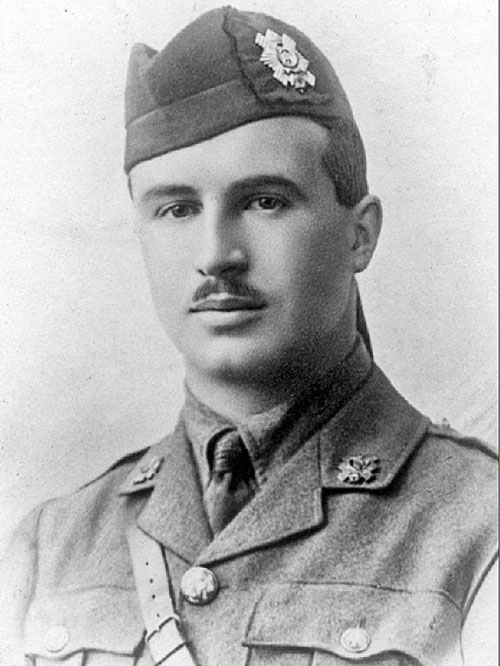
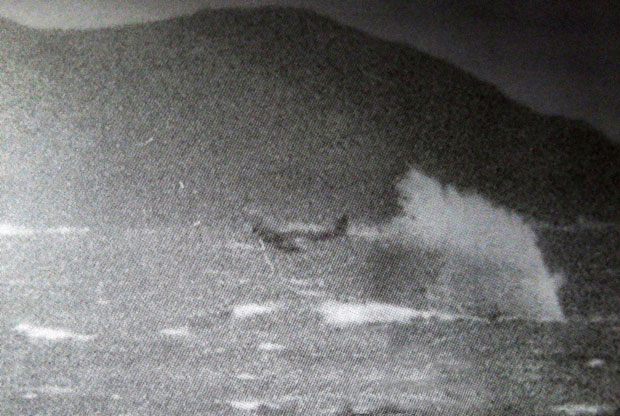
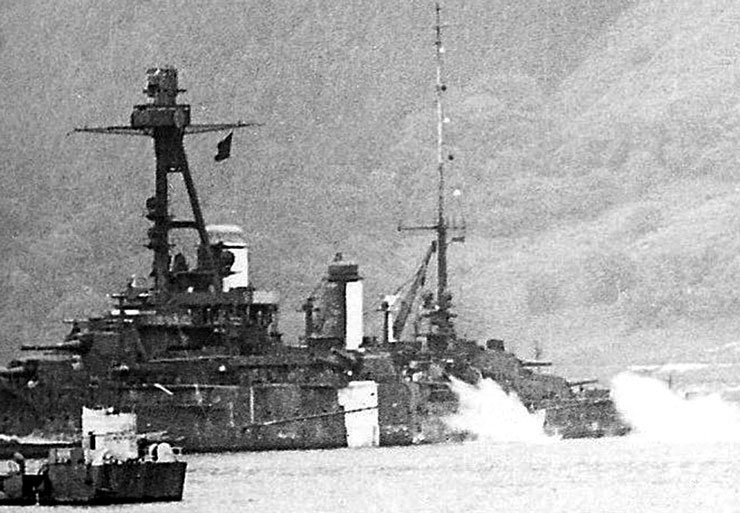
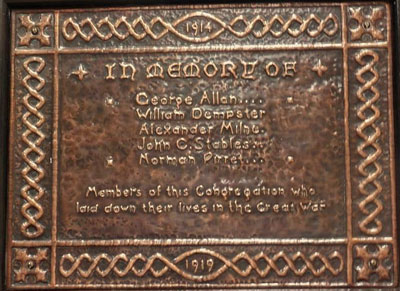

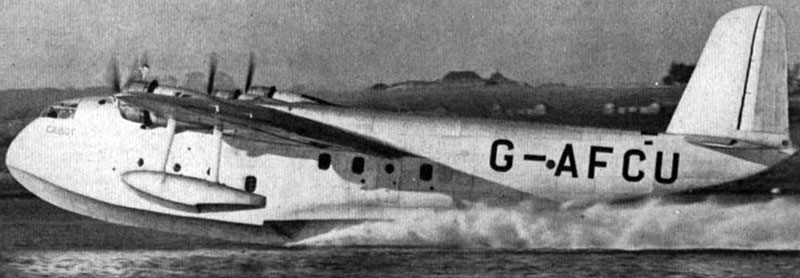

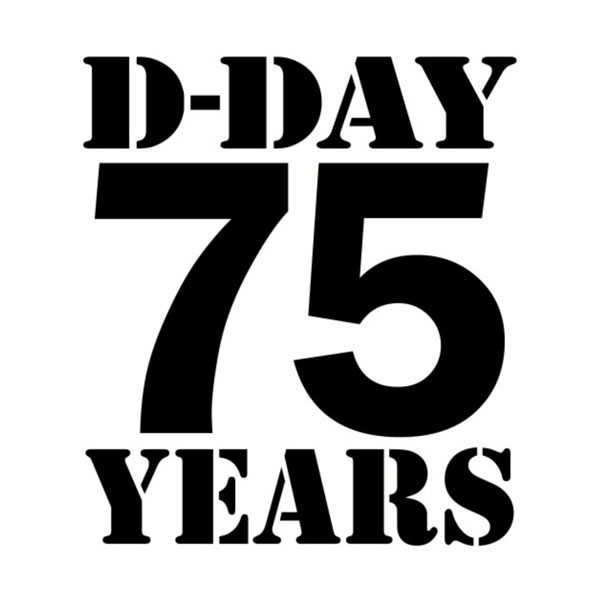
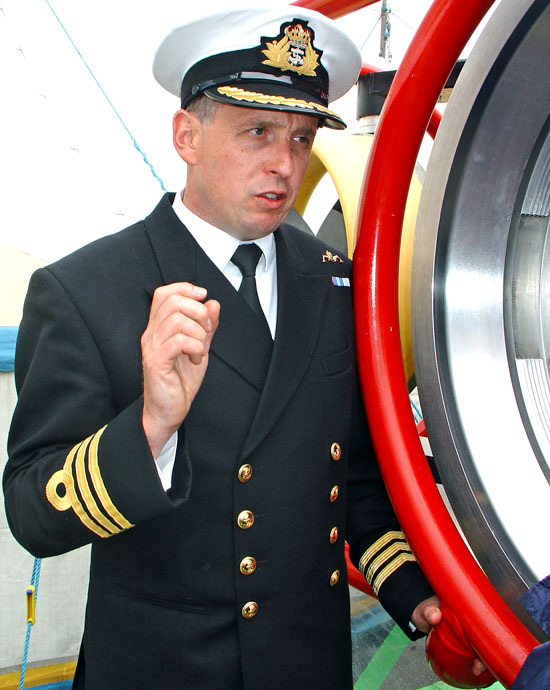
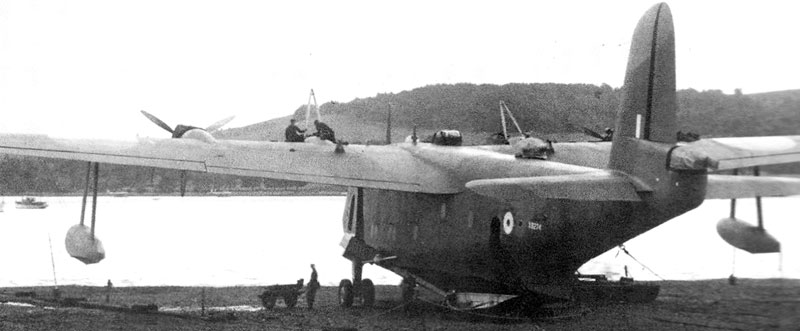

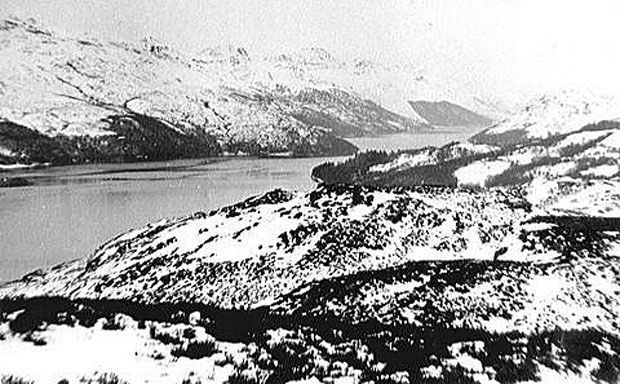
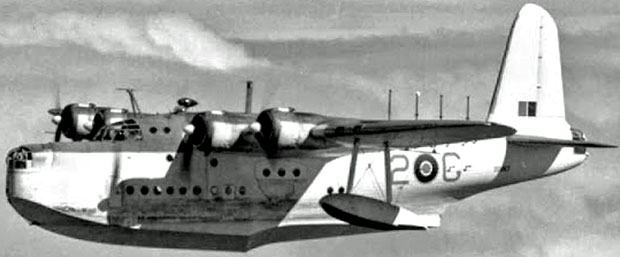
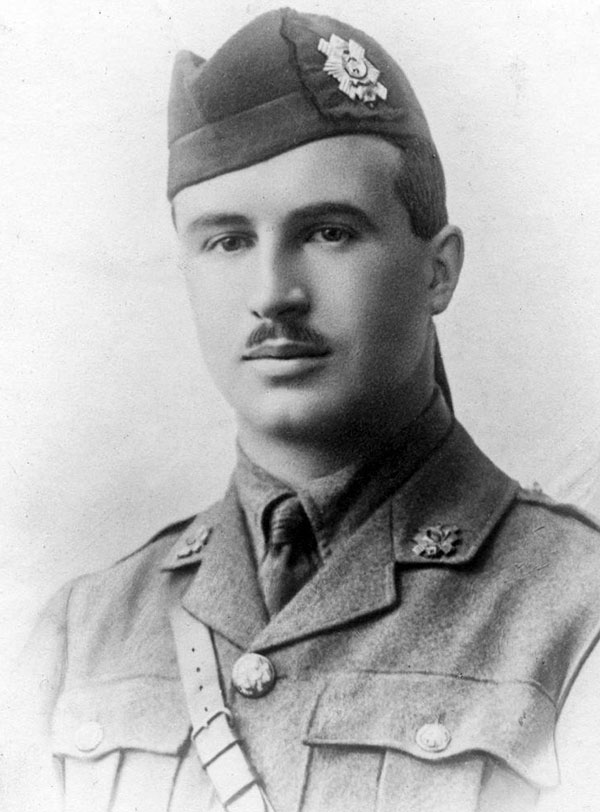 THE GREAT grandson of the founder of Teachers Whisky, a young Army officer from Cove, was killed in action in the Flanders trenches on May 14 1916.
THE GREAT grandson of the founder of Teachers Whisky, a young Army officer from Cove, was killed in action in the Flanders trenches on May 14 1916.
